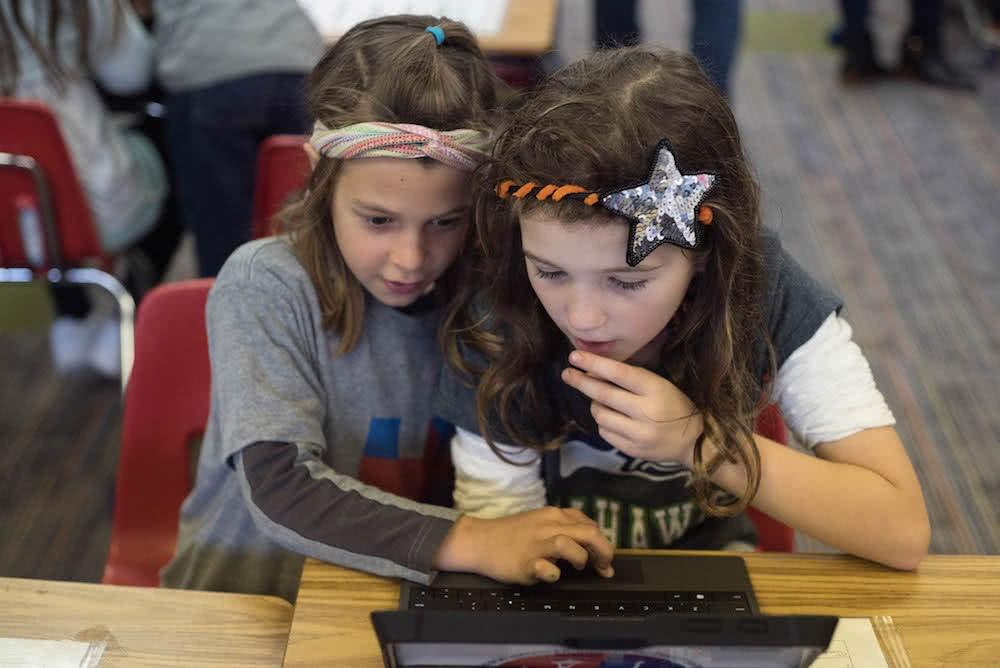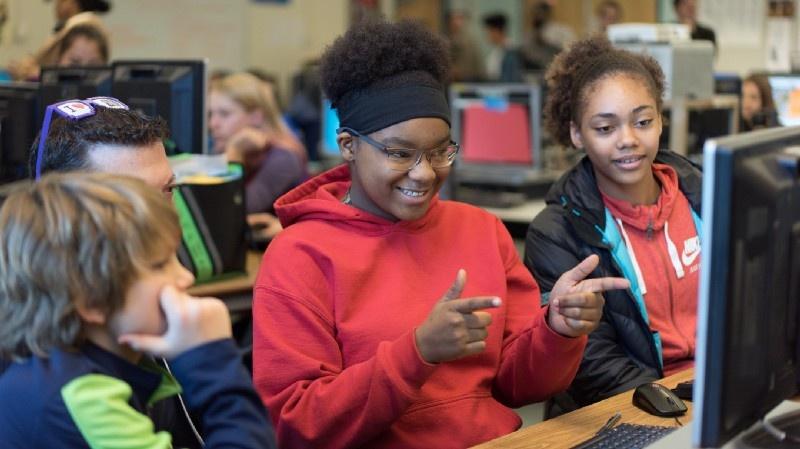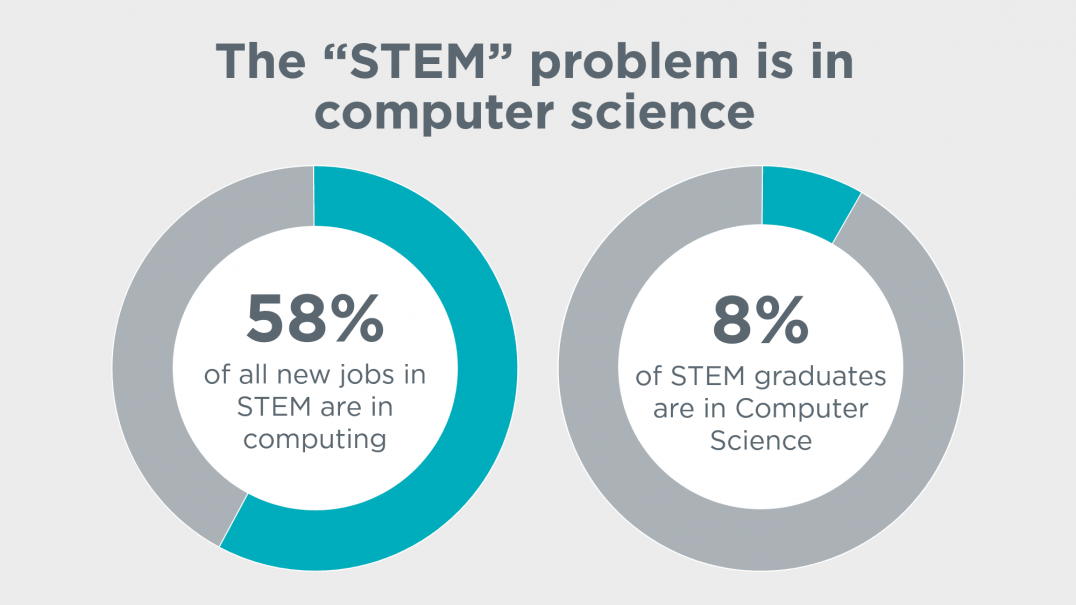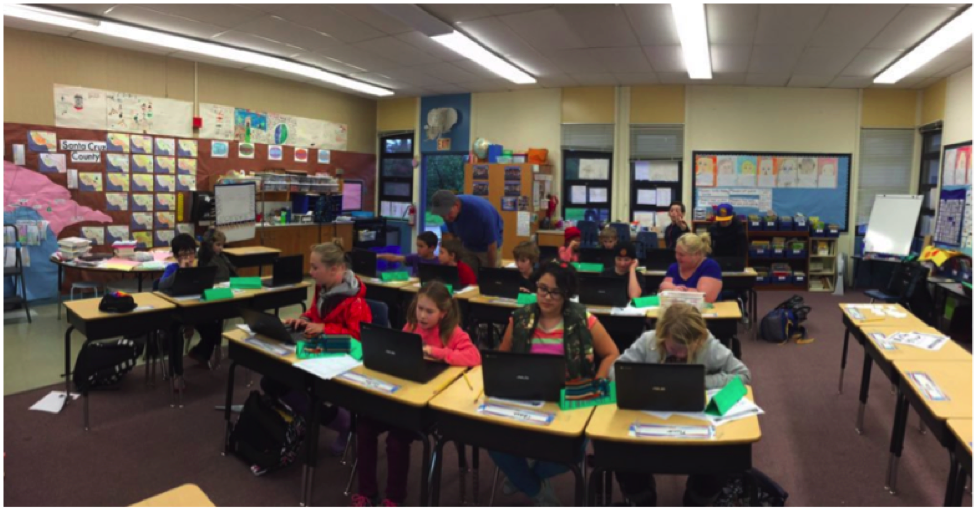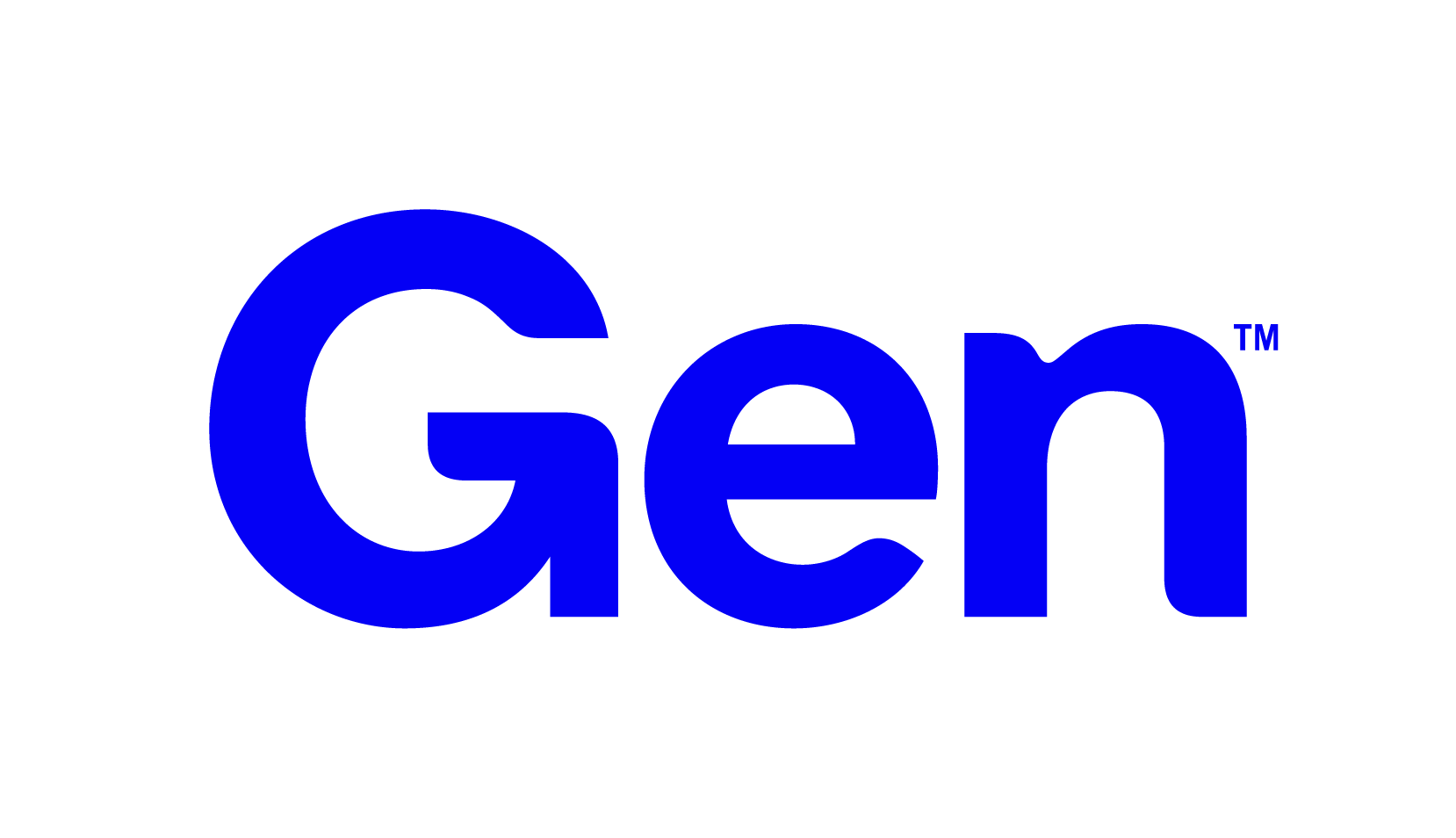Calling All Creative Types: It’s Time to Embrace Your Inner Computer Scientist!
Symantec nonprofit partner Code.org talks diversity in tech, STEM education, and how to participate in Hour of Code
Originally published on Symantec Blog | Corporate Responsibility
By Alice Steinglass, President of Code.org
Symantec is celebrating Computer Science Education Week, which raises awareness about the need to elevate computer science education at all levels and to underscore the critical role of computing in all careers.
Today, we’re featuring a guest post by Alice Steinglass, President of Code.org, one of Symantec’s nonprofit partners. Code.org is dedicated to expanding access to computer science in schools and increasing participation by women and underrepresented minorities.
Solving the diversity problem begins in K-12
The Symantec team and Code.org share the view that all students, particularly young women and underrepresented populations, should have access to computer science education. Girls are more likely to study computer science in college if they study it in high school and the lack of CS education particularly impacts underrepresented minorities and high needs schools.
Symantec’s Corporate Responsibility team has supported Code.org for the last four years with funding dedicated to professional development for teachers and support for our efforts to reach young women of color. In addition to funding Hour of Code efforts, the Symantec team has also helped students to do an hour of code and to learn more about careers in technology.
What is the Hour of Code?
The Hour of Code, a key part of Computer Science Education Week, is a one-hour introduction to computer science, designed to demystify "code", to show that anybody can learn the basics, and to broaden participation in the field of computer science.
The theme for this year’s event is creativity! Just as teaching students to write enables them to express their creativity through stories and poems, teachings students to code empowers them to express their creativity through their own apps, games, websites or interactive art. We’re challenging students to show us their creativity with computer science and asking them ‘What will you create?’
While one hour isn’t enough to learn how to code, the Hour of Code is about increasing access to computer science by breaking stereotypes and opening doors. Some kids may learn programming concepts like loops, conditionals, or basic debugging through the Hour of Code. But a much more important goal is for students and teachers to learn that computer science is fun and they can do it — you can start at any age, in any classroom, even if you don’t have a computer.
When looking at our impact, we found that 20 percent more high school girls like computer science after an Hour of Code. In 2017, 49 percent of participating students worldwide were female and in the U.S., 30 percent of participants were underrepresented students of color.
It’s too early to tell whether this shift in perception will lead to more girls and students of color majoring in computer science in college or pursuing a career in it. But these results show how just one positive experience can dramatically transform one’s attitude toward an academic subject.
The “STEM” problem is in computer science
There are currently half a million open computing jobs in the United States, and yet only 35 percent of high schools in America offer computer science classes. Beyond working in tech, anyone can benefit from base-level knowledge of computer science, but most teachers don’t have a background in computer science (CS) from when they went to school.
Since teachers often lack a CS background, Code.org focuses on offering professional development programs that can help teachers learn to teach computer science. We’ve already had over 80,000 teachers attend our program and over 32 million students have started learning on Code.org.
During CSEdWeek we continue to raise awareness that every student in every school should have the opportunity to learn computer science. Launched in 2009 by the Association for Computing Machinery (ACM) with the cooperation and deep involvement of other partners, it is celebrated each year during the week of Grace Hopper’s birthday (12/9).
Today Code.org organizes CSEdWeek– but we couldn’t do it without the help and support of dozens of partner organizations! Our partners include companies like Microsoft and Amazon, other non-profits such as the Computer Science Teachers Association and hundreds of curriculum providers. We also have support from corporations across the country including Symantec.
Have fun and don’t be afraid to dive in. Here’s how to join in.
Host an Hour of Code to introduce kids to the world of computing- no experience needed. Hour of Code is a great opportunity to volunteer in your child’s classroom and help introduce them and their classmates to computer science. Contact your child’s teacher and use the how to guide here: https://hourofcode.com/us/how-to/parents.
The Hour of Code is not limited to one hour of coding. Thousands of the events during Computer Science Education Week go beyond one hour, and involve activities other than coding.
Volunteer. Through Code.org's local volunteer search, educators can locate engineers in their area willing to donate their time to educate and inspire students interested in computer science. Sign up here to be included in the volunteer search.
Try an hour of code. Not part of a technical team? Find a tutorial and try the Hour of Code yourself—everyone can benefit from learning the basics.
Alice Steinglass is the president at Code.org, which makes the most popular computer science courses in America for students from kindergarten through high school. Code.org workshops and professional learning programs have prepared tens of thousands of teachers across the United States to begin teaching computer science. The Code.org team also partners with education and software companies across the industry to run the Hour of Code - a global movement reaching tens of millions of students in over 180 countries.

